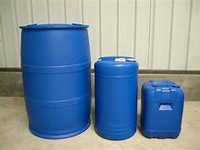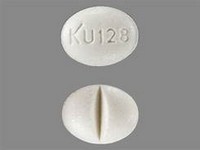Colestipol hydrochloride

Colestipol hydrochloride
CLINICAL USE
Hyperlipidaemias, particularly type IIaDOSE IN NORMAL RENAL FUNCTION
5 g once or twice daily, increased if necessary at intervals of 1–2 months, to a maximum of 30 g dailyPHARMACOKINETICS
DOSE IN RENAL IMPAIRMENT
GFR (mL/MIN)
DOSE IN PATIENTS UNDERGOING RENAL REPLACEMENT THERAPIES
IMPORTANT DRUG INTERACTIONS
Potentially hazardous interactions with other drugsAnticoagulants: may enhance or reduce effects of coumarins and phenindioneCiclosporin: No reports of an interaction; however, ciclosporin levels should be carefully monitored if colestipol and ciclosporin are prescribed concurrently, as colestipol may interfere with ciclosporin absorptionADMINISTRATION
Reconstition
–Route
OralRate of Administration
–Comments
Other drugs should be taken at least 1 hour before or 4–6 hours after colestipol to reduce possible interference with absorptionColestipol granules may be administered as a suspension in water or a flavoured vehicleColestipol orange contains 32.5 mg aspartame (18.2 mg phenylalanine) per sachetOTHER INFORMATION
Colestipol may interfere with the absorption of fat soluble vitamins
See how to identify renal failure stages according to GFR calculation
See how to diagnose irreversible renal disease
Home








